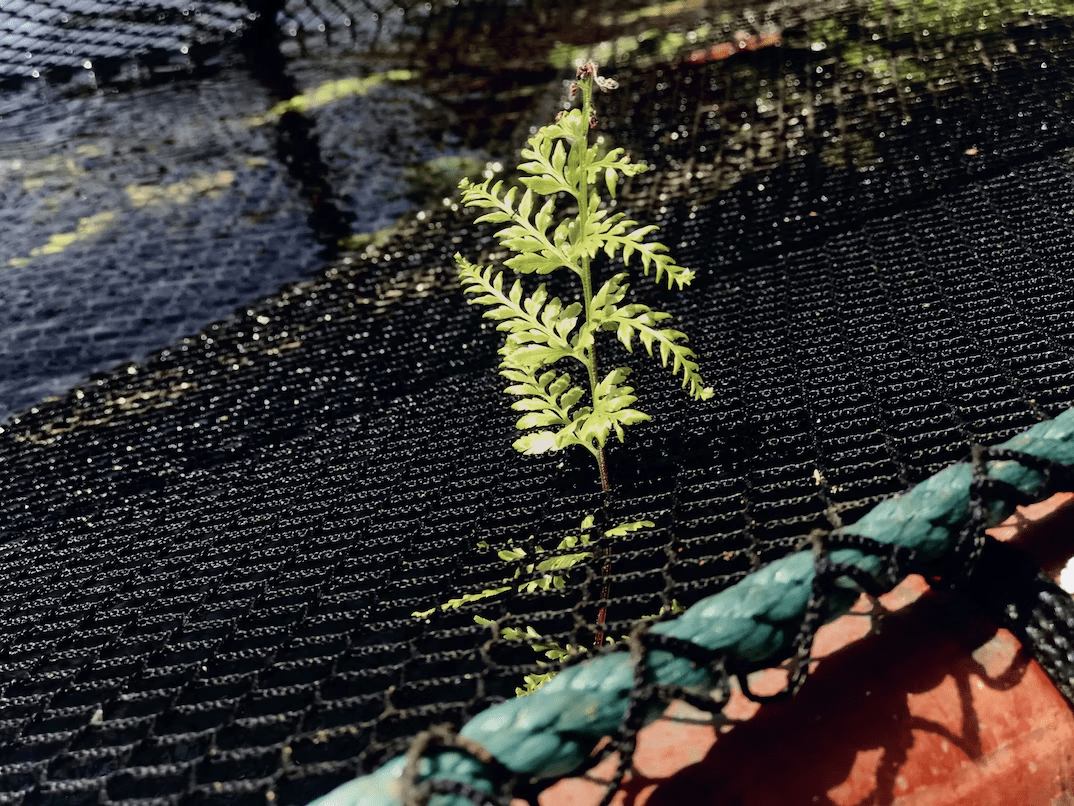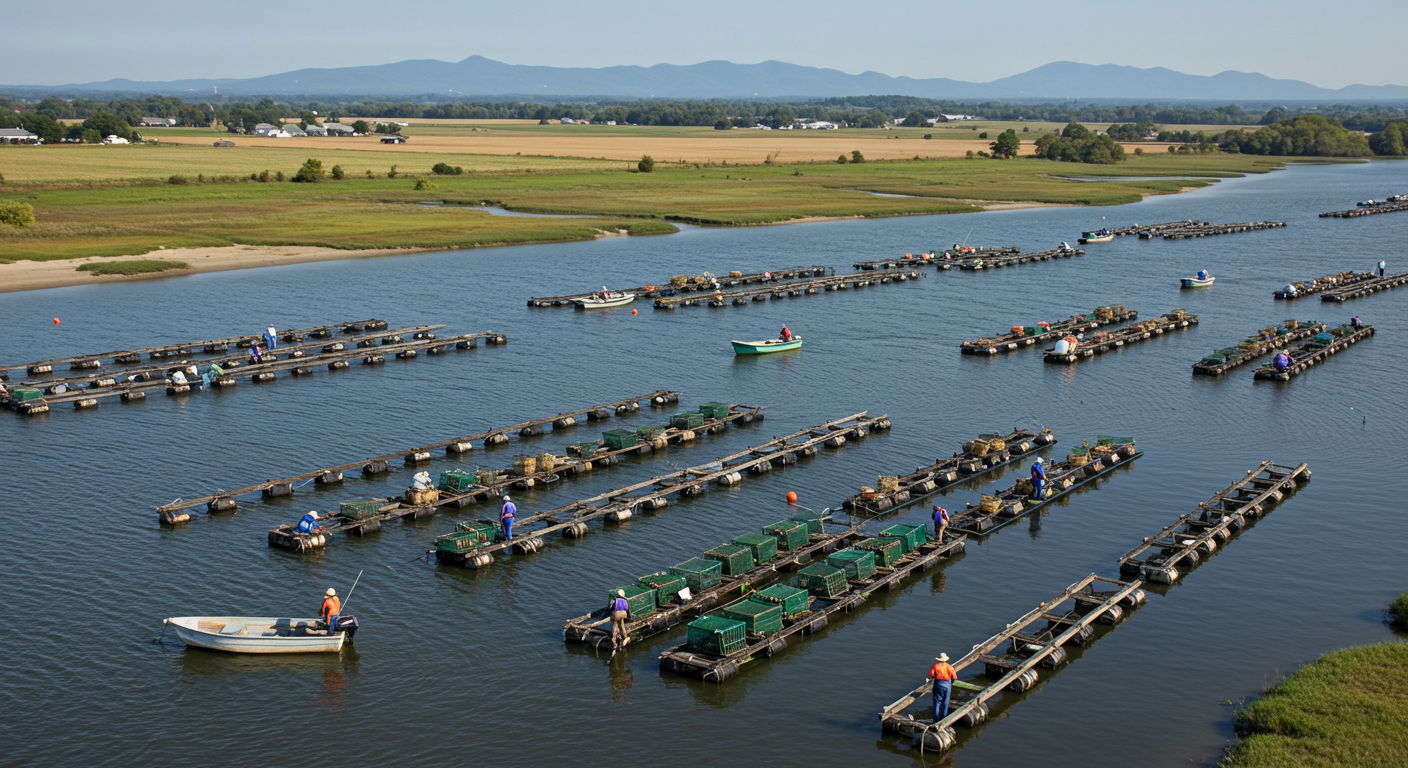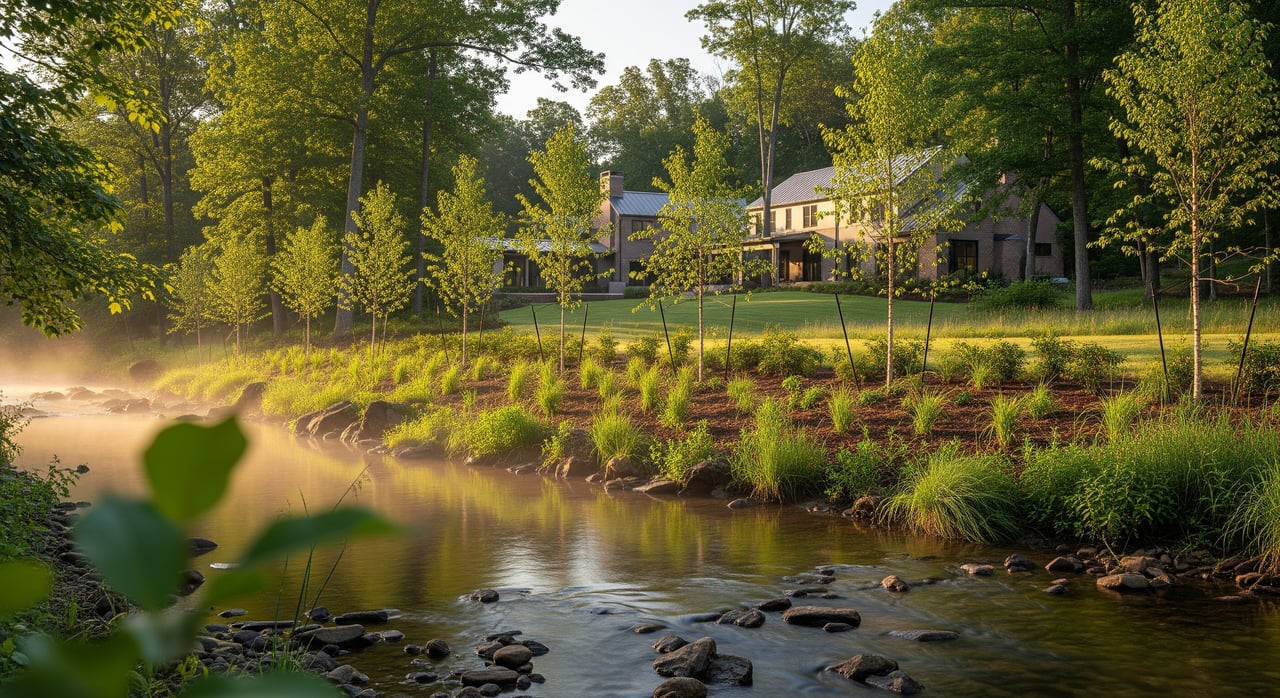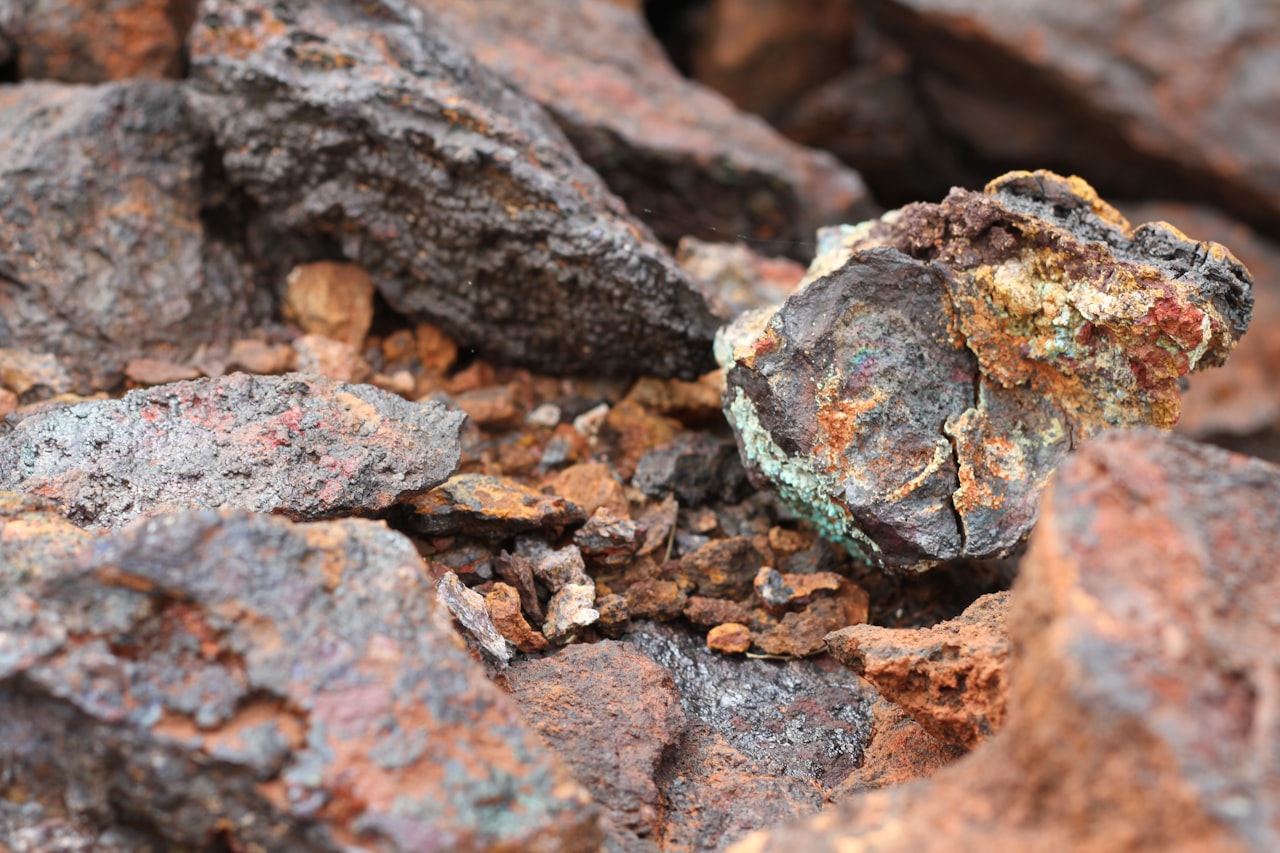As one of the most agriculturally productive of the southern states, it isn’t surprising that North Carolina is also renowned for its innovative farming methods and diversity when it comes to crops and animal production. And with a temperate climate, an abundance of rural land, and plenty of water resources, the state is ideal for a unique and thriving farming method called aquafarming. Farmland for sale in the Piedmont – from the mountains to the Atlantic coast, in fact – sometimes includes a lake, pond, or other area that is utilized for aquafarming purposes.
Aquafarming – What Is it?
Aquafarming (or aquaculture) involves the cultivation and harvesting of water-reliant products – both plants and animals – in a controlled fresh or saltwater environment. Most are raised for food, but the purpose of some aquafarming is to replenish fish in wild areas, restore freshwater or marine habitats, raise fish as baitfish, or grow exotic or ornamental fish and/or plants for aquariums, zoos, and other commercial purposes. Few people are aware that aquafarming is responsible for almost half of all the fish and seafood that is consumed worldwide.
Due to Americans’ increased taste for fish and shellfish and a growing interest in commercial fishing opportunities, aquafarming – though still a fairly small segment of our state’s farm production overall – is growing rapidly. Globally, demand has also increased for specific types of fish – sturgeon, and tilapia, for example – as well as fishmeal, fish oils, and crustaceans.
North Carolina farmers are becoming more and more interested in aquaculture as a means, most often, to supplement more traditional agricultural or livestock farming income, and many prefer it for a variety of reasons. First of all, traditional farming methods often involve fertilization; and over-fertilization sometimes leads to unhealthy levels of nitrogen and phosphorous, the depletion of soil nutrients, and contamination of drinking water. Also, methane emissions from cattle production are a small element of greenhouse gas emissions overall, but raising livestock is often seen as less environmentally-friendly than aquaculture or other types of agriculture. Finally, plants and animals raised through aquaculture often – appealingly – require much less in the way of nourishment and pure labor.
Marine (Saltwater) Farming in North Carolina
Our state’s coastline is long and its rich Atlantic waters and coastal estuaries are prime for raising a wide range of fish and shellfish, including clams, oysters, and soft shell crabs. Most shellfish growers are located between the southern end of the Outer Banks and Wilmington.

- Soft Shell Crabs. Although the growing process is more labor-intensive than growing oysters or clams, the production of soft shell crabs – most typically blue crabs – is the most lucrative segment of marine farming in North Carolina. In the proper, protected environment a female blue crab’s eggs are much more likely to survive than they are in the wild. Some growers, too, have experimented successfully with raising softshell crabs in freshwater irrigation ponds.
- Oysters. The demand for oysters is high in our state and the perfect environment exists in which to grow them in many of our coastal communities. Rather than the traditional method of gathering oysters by dredging along the bottom of sounds and estuaries, commercially grown oysters are often raised and harvested from columns suspended in the water or from floating cages.
- Clams. Located primarily in waters with a salinity about 2/3 that of the ocean and where there is constant tidal movement, clam farms exist mainly in Pamlico Sound. Because of the multiple, lengthy steps of the clam production cycle and the very specific environment in which hard clams thrive, labor costs are fairly high, and true clam farms – where clams are raised from hatchery seed – are few.
Freshwater Aquaculture
Freshwater farming of plants and animals occurs in the lakes, ponds, rivers, and inland waterways of the state and requires the same basic needs as saltwater farming: the proper growing temperature, an adequate oxygen supply, and a method of waste removal.
- Rainbow Trout. The nation’s trout industry (east of the Mississippi, at least) is based in North Carolina’s mountain region. Trout farming – the oldest form of fish production in the U.S. – takes place in farms near the Great Smoky Mountains National Park, with some catering to tourists but most supplying the U.S. trout market.
- Catfish. Most successfully grown in areas of swiftly moving water, catfish are also raised in the lakes, ponds, and some slower-moving streams of the western part of the state. Most catfish farmers raise these fish to supplement other sources of income, or to diversify their farming activities.
- Crawfish. Crawfish farming involves a system of draining, flooding, and the labor-intensive planting of forage crops in shallow ponds which are meant to simulate the natural habitat of crawfish. Harvesting of this delicious seafood delicacy takes place between April and June.
- Tilapia. Another highly popular freshwater fish is tilapia, an easily-bred, mild-tasting fish that is adaptable to most environmental conditions. Often grown in indoor tank systems, tilapia is one of the fastest-growing freshwater aquaculture species.
- Freshwater Plants. Ornamental plants for freshwater aquariums, decorative landscaping plants such as cattails, and edible plants like watercress and rice are a few examples of aquatic plants that some farmers raise in North Carolina, mostly on a small scale.
Find out more:












